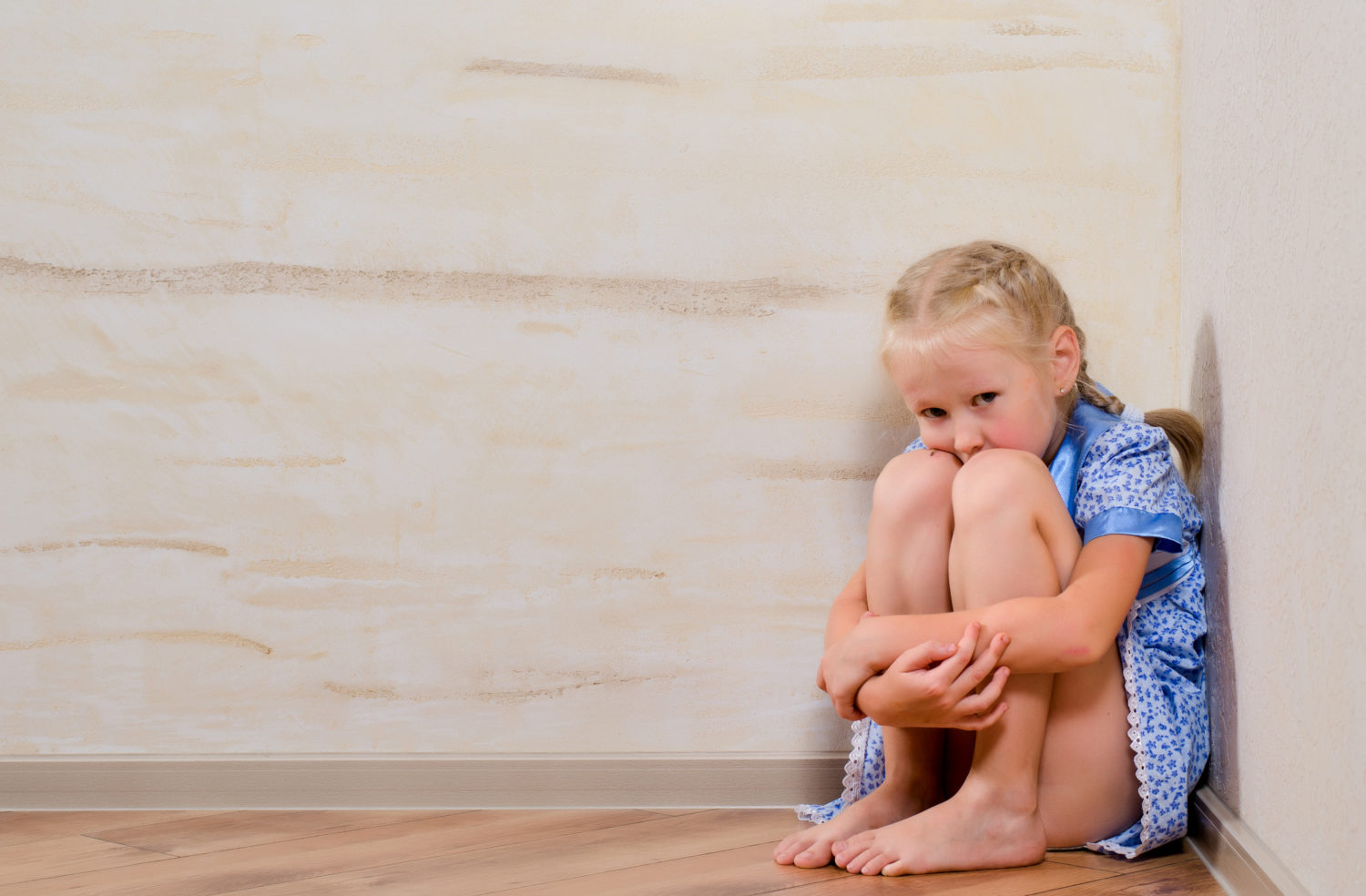Our kids are not all right.
Children and adolescent anxiety and depression after stabilizing in the 1970s and ’80s and declining in the early ’90s have started to rise and they haven’t stopped.
In fact, anxiety disorders are by far the most common psychiatric condition in children.
And today’s parents are as anxious as their children.
Anxious parents often fuel anxious children through overaccommodation.
This occurs when parents insulate their child’s distress and discomfort entirely. In turn, the child does not learn how to cope with anxiety or learn tools to manage it in the long term.
The increasing stress levels of families within a COVID pandemic is like throwing gasoline on an already lit fire. Anxiety levels are skyrocketing.
So how do we begin to heal an anxious generation, particularly in an era of heightened disruption?
EXPANSION OF TRADITIONAL ANXIETY TREATMENT
Traditionally, mental health professionals treat anxiety with individual-focused approaches such as cognitive behavior therapy (CBT).
The largest study to date shows that after a 12-week course of CBT, 60 percent of children with anxiety disorders were “very much” or “much improved.”
But CBT often isn’t a permanent cure—its results tend to fade over time,
The main reason cited is that the child is treated individually. It does not include the parents’ responses to that anxiety. And even if the parent participates in the therapy, the focus is still on the child.
Therefore, when the child returns home to an unchanged anxious parent who can overaccommodate, the child often becomes anxious again and relapses.
At the Family Trauma Institute, we advocate using family therapy to treat anxiety disorders using the FST | Family Systems Trauma model.
FST provides both parents and their children tools to address the triggers that perpetuate anxiety and how to stop overaccommodation.
HOW FST CHANGES THE DANCE BETWEEN THE ANXIOUS CHILD AND PARENT
Many mental health professionals work with families that unknowingly feed the cycle of anxiety as the following example demonstrates.
- Child manages stress and anxiety with self-harm. This can manifest in cutting, eating disorders, drug or alcohol abuse.
- Parent overaccommodates with helicopter parenting behaviors. Mom and dad hover, not giving the child responsibility or time alone.
- Child feels suffocated, filled with self-doubt and frustration.
The more parents hover, the more anxious the child becomes. The more anxious the child becomes the more anxiety parents experience. It becomes a vicious cycle.
FST breaks the cycle by changing the dance with FST Techniques such as:
- Feedback Loops
- Undercurrents
- Playbooks
Using a family-focused approach, FST educates parents and children. The model shows them their family dance by drawing a map of communication called Feedback Loops. This technique reveals the overaccommodation dance in a nonthreatening way to immediately lower the parent or caregiver’s defenses.
Once families can see the dance that fuels anxiety disorder, they next learn the root cause of anxiety by identifying what are called FST undercurrents.
When root causes of anxiety are identified, mental health professionals help families replace unhealthy behaviors with healthy counterparts.
One family we worked with learned their teenage daughter needed support dealing with her anxiety of leaving home.
Mom did everything for her. Together, the family and therapy team agreed that the daughter would volunteer at a senior center. Mom had to experiment by letting her daughter leave the house even as the teen struggled with her anxiety.
As the daughter learned to manage frustration and experience success, she gained confidence. As the daughter got stronger, the mom became less anxious. Over time, the dance was broken, and healing began.
RESULTS OF UNADDRESSED ANXIETY
In a world of 24-hour social media and unending news coverage, youth are exposed to violence, hate, and attack language. Consequently, this generation may have more anxiety than the generation before them.
Left unaddressed, anxiety can branch into other disorders like depression, suicide, and mood disorders. Hopelessness can lead to drug abuse, alcoholism, or workaholism.
By combining individual therapy (when needed) with family trauma treatment, parents and children can combat the psychological toll of anxiety caused by secondary trauma.
Parents learn to support their children in developing frustration tolerance. Children develop healthy skills for managing anxiety. Treating anxiety from a family systems lens provides a foundation for a lifetime of success.

